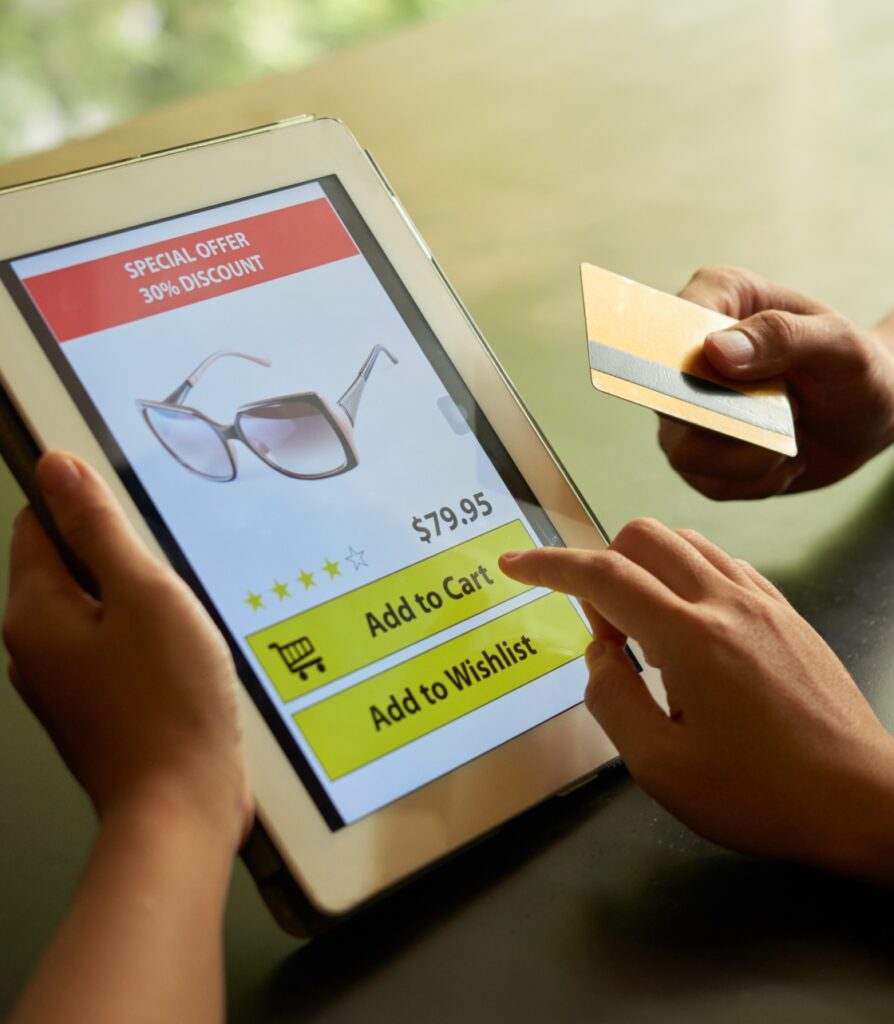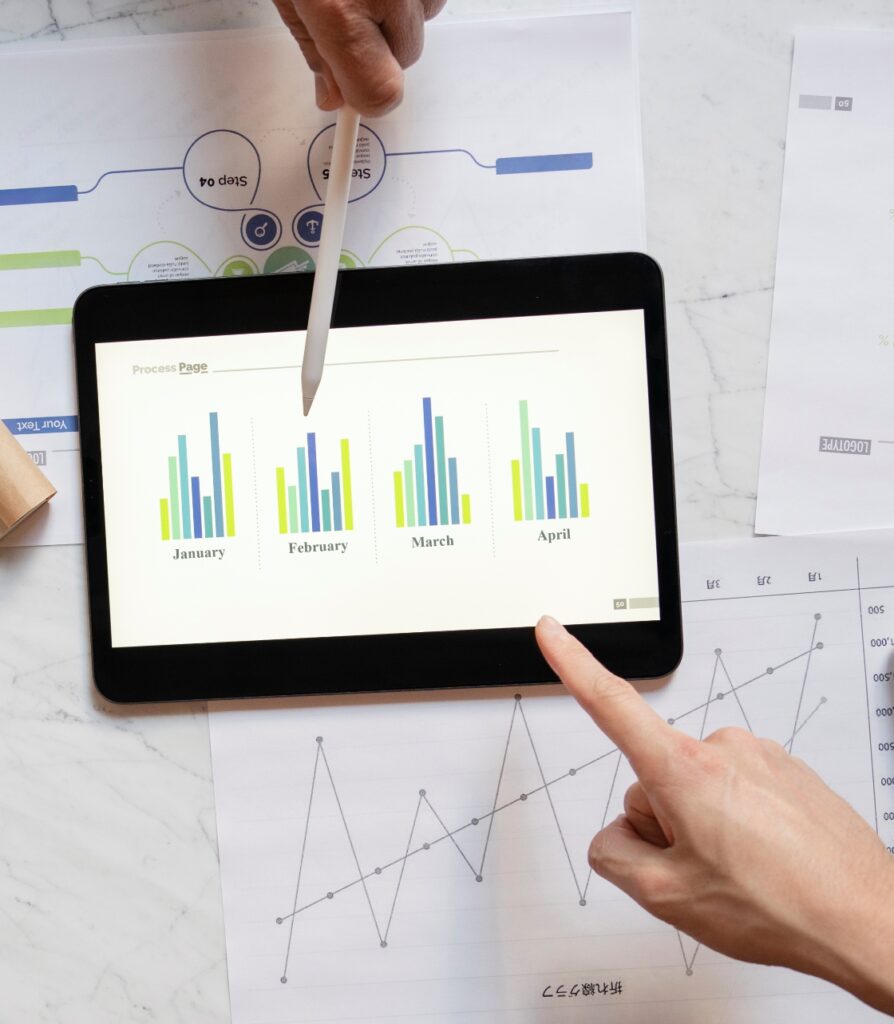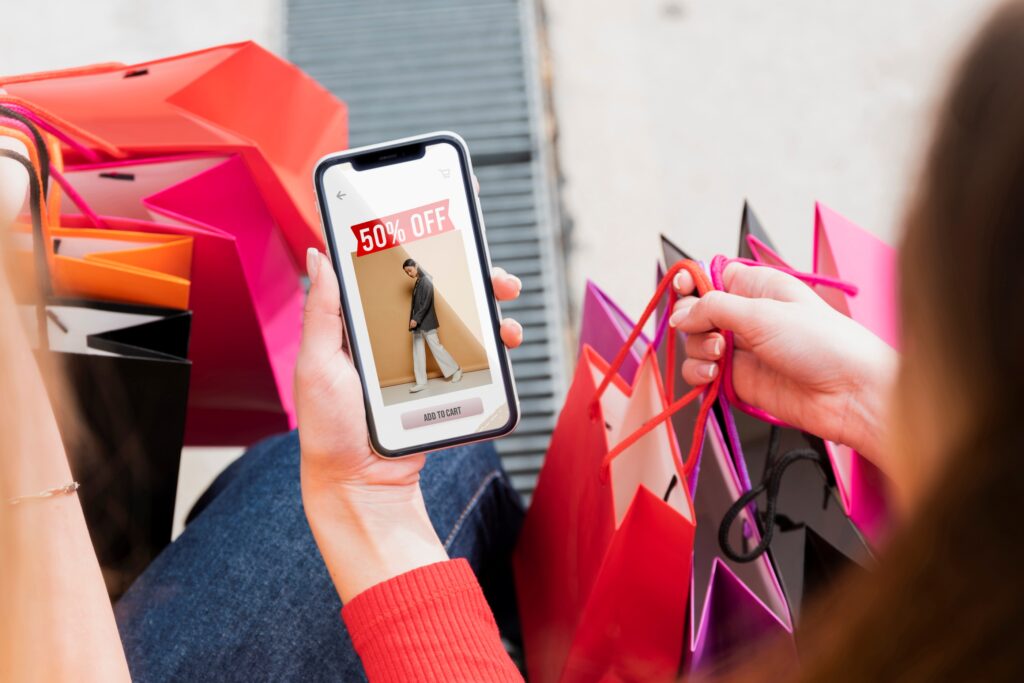Technology has definitely made a significant contribution to the evolution of the retail industry. The majority of the difficulties that retailers once addressed are now the concern of IT. This is also true for customers, who don’t have to spend their time searching countless urban shops for a specific item or stressing over payment options…
Additionally, unlike a few years ago when technology was only available to larger malls or retail chains, retail IT is now widely available to all of us. Without a website, it’s difficult to imagine how a tiny, privately held company could conduct business; in fact, there’s basically no possibility that a company would survive for very long around one.
Statistics of the Retail Apps According to the U.S Retail Sector:
Overall, mobile commerce sales in the U.S. retail sector increased significantly in 2017 to $113 billion from $96.81 billion. Also increasing, the total amount went from $429 billion u.s. dollars in 2016 to $549 billion u.s dollars in 2017.
According to current forecasts, by 2020, about 80% of all purchases will be conducted using a mobile device, and m-commerce revenues in the United States will top $200 billion u.s dollars.
Features:
Mobile devices may tend as being less effective than desktop computers simply because they are lighter. Actually, compared to standard e-commerce stores, retail mobile applications offer a wider collection of capabilities. The ability for customers to access mobile apps for shopping not just when at home but also while travelling and in-store is easily the greatest improvement.


Product Reviews:
Previews are a typical occurrence in online purchasing, but they can also be helpful in physical stores. For example, a customer could wish to view how the item seems unpackaged, but the store is unable to allow package damage and lacks a live model on-site. Retail mobile apps that offer different sorts of product previews, such as a 3D or even an AR model, can be made by mobile app developers and are comparable to those discussed in this article. These previews can be static visual or video, as well as audio or visual.
Even more practical is the app’s ability to show reviews left by other customers of the item. In this manner, a customer can browse through the reviews left by other customers who have already purchased the item in addition to viewing the item’s preview while shopping in the store.
Sysfort is an invention-based enterprise to promote global economic growth. Innovation: it’s truly the key to accomplishing things in life.
Scanning Codes:
A retail smartphone app can use a camera to scan a barcode or QR code on any item in the store. The app will provide further product information, such as pricing, previews, customer impressions, current applicable special offers, and quantity left, after instantly decoding the code and locating the item in the database. A retailer and a customer can both save time and money by using a function like that.
Payment through mobile:
Thus, a consumer can use digital payments to buy a product from an online business and then purchase it in reality. Customers can utilise mobile payment as a checkout in a wall retailer after placing all of their desired things in the actual cart. Customers and shops can avoid extremely long lines and save time due to this function.
E-Promotions are made by retail apps:
Apps for retail establishments make it simple to create and use coupons. Moreover, based on a user’s shopping history or mobile search history, discounts can be specially targeted to that user. Furthermore, it takes retailers little time and money to create and promote special offers for a mobile app, whether personalisation is used or not. Finally, a user simply requires their mobile app to activate a voucher code: they can either click a button to activate a discount for mobile payment or show it on a screen to a checkout cashier.
Additional Capabilities:
While your current main objective is to gather more information about your audience or periodically transmit coupons and exclusive deals, all you need is for consumers to download your app onto their devices. To put it another way, your retail mobile app doesn’t have to be a virtual store or even about shopping.
However, you should provide your audience with some helpful features to encourage them to voluntarily allocate some storage space for your software.
Mobile Application Cost:
The functionality module determines the majority of the development costs for any mobile application, including retail shop apps. Additionally, this pack includes both important and fundamental features that some individuals may consider to be standard login, registration, social integration and sharing.
Conclusion
Apps for retail stores can enhance buying and selling in a variety of different ways. Retailers can customize special offers and foresee when a customer needs a push to complete a transaction by collecting data from their customers’ mobile devices. Customers can use apps to pay without standing in long lines and to receive more details about every item, including the price, previews, and reviews. For both consumers and owners of retail businesses, all these options make shopping more effective and satisfying.


